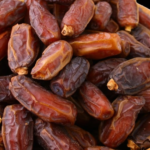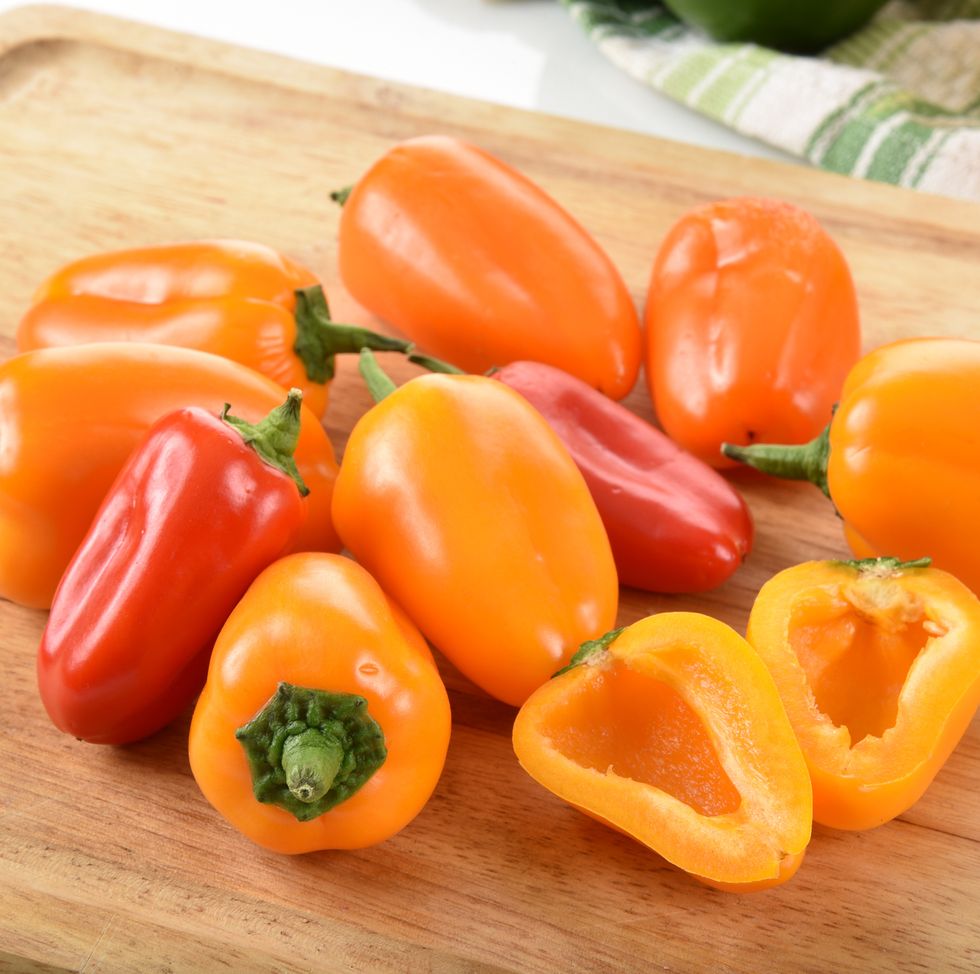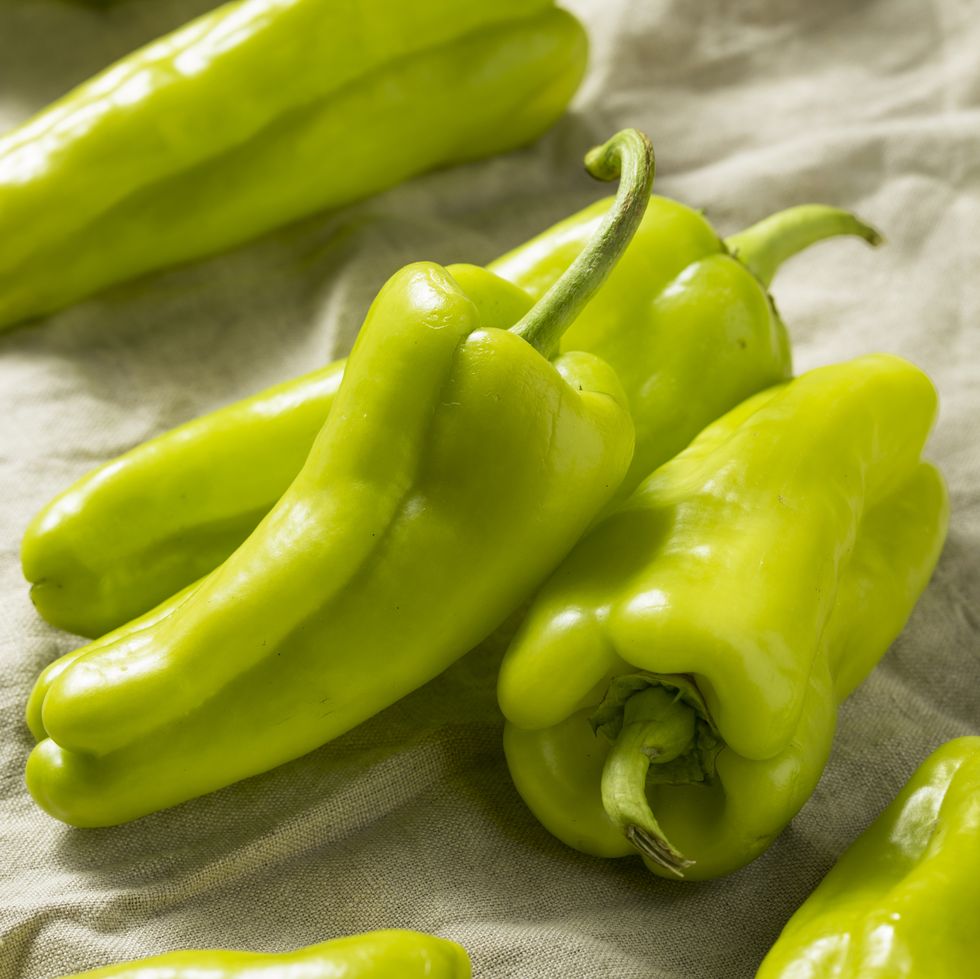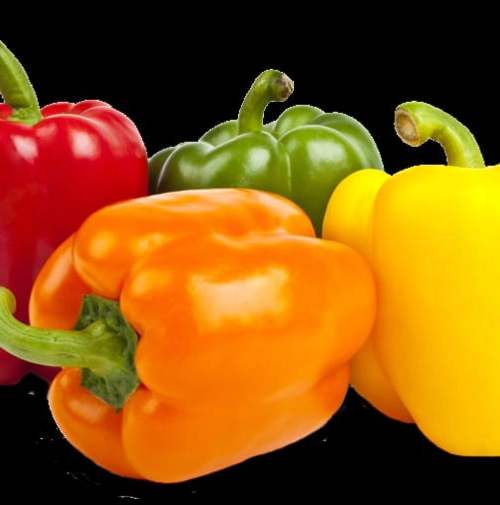Pepper, (genus Capsicum), genus of more than 30 species of flowering plants in the nightshade family (Solanaceae), several of which are extensively cultivated for their edible, often pungent fruits. The genus comprises all the varied forms of fleshy-fruited peppers, including the mild bell peppers that are used as a vegetable and the hot peppers, such as habanero and tabasco, that are used as relishes, pickled, or ground into a fine powder for use as a spice. Some peppers are grown as ornamentals.
Peppers are native to tropical America and are particularly important in the cuisines of tropical Asia and equatorial America. Traces of pepper fruits have been found in prehistoric remains in Peru and Mexico, and the plants were widely grown in Central and South America by various pre-Columbian civilizations. Originally mistaken for a form of black pepper (Piper nigrum), the first pepper seeds were carried to Spain in 1493 and from there spread rapidly throughout Europe and the rest of the world.
Pepper plants are perennials but are grown as tender summer annuals in most areas outside their native habitat. They are propagated by seeding directly in the soil or by transplanting seedlings started in greenhouses or hotbeds after 6 to 10 weeks. The plants become woody as the growing season progresses and bear simple, alternately arranged leaves with smooth margins. The paired or solitary flowers are typically small with five white petals. The fruit is a berry. Pepper fruits come in a variety of shapes and sizes, ranging from the small and nearly circular ají charapita to the long and thin tabasco pepper and to the large, furrowed fruits of the bell pepper. Hot peppers derive their pungency from capsaicin, a substance characterized by acrid vapours and burning taste. Capsaicin is primarily concentrated in the internal partitions of the fruit and was first isolated in 1876; it is known to stimulate gastric secretions. One of the hottest peppers in the world is the ghost pepper.











